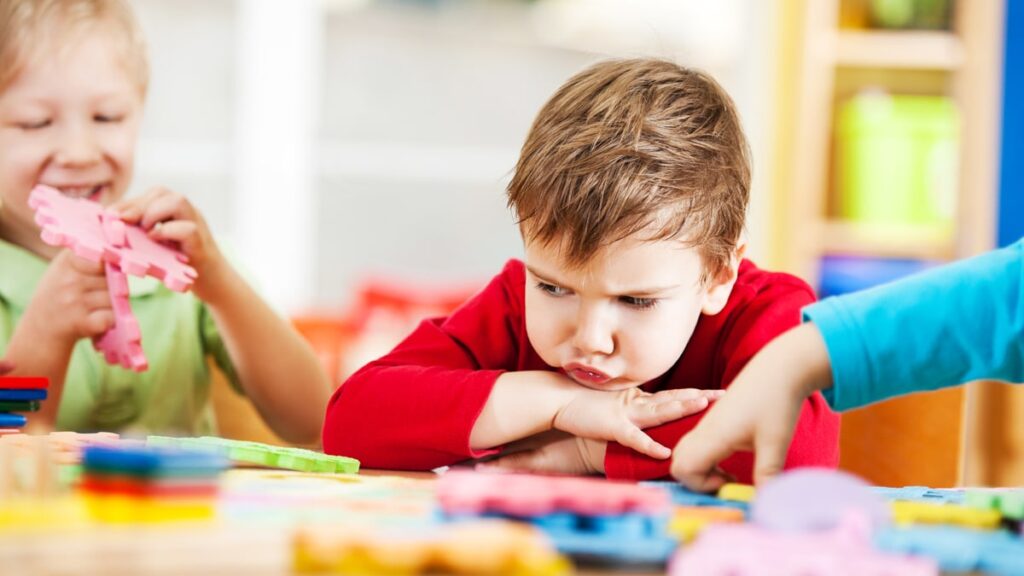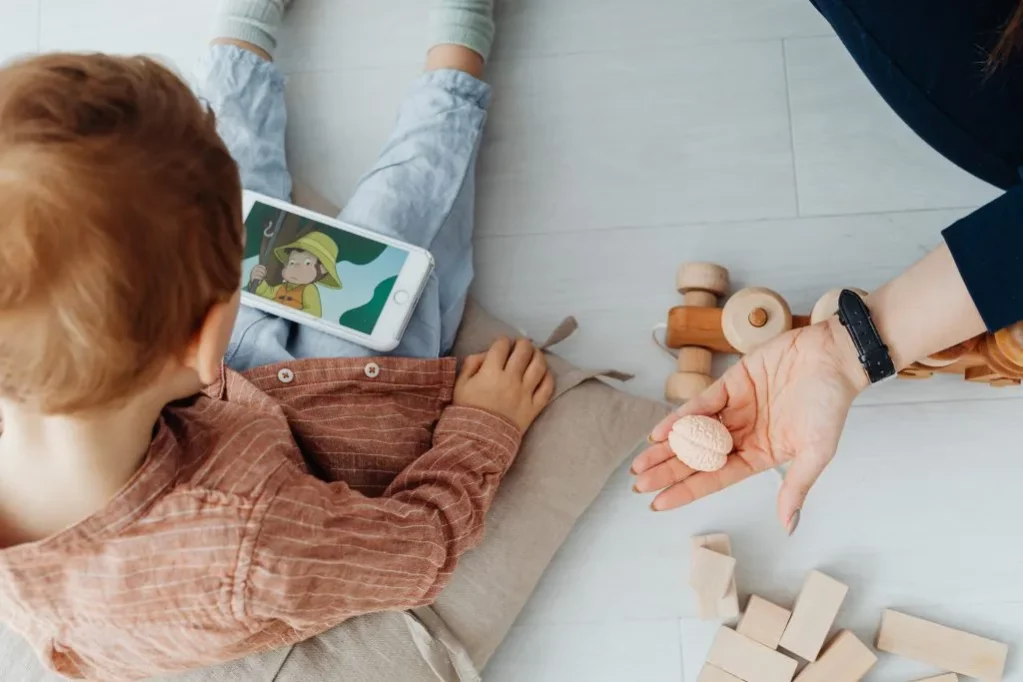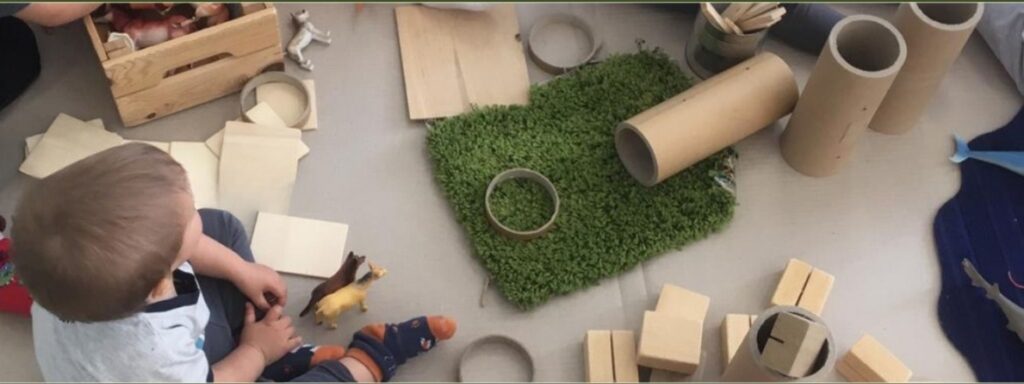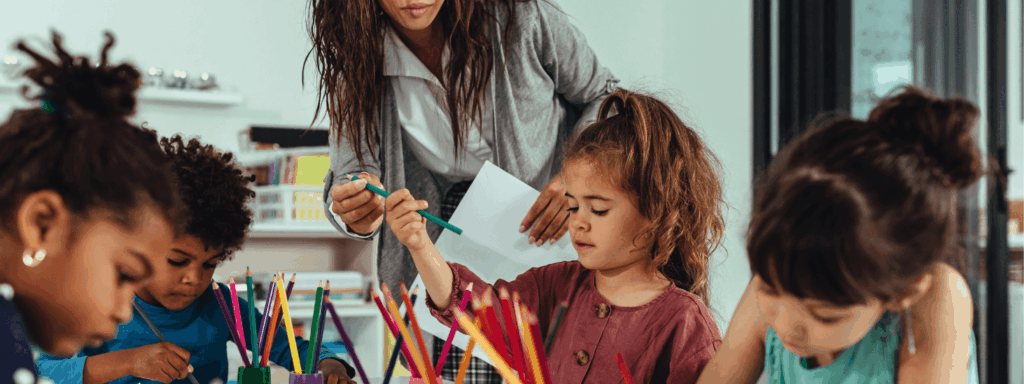Corso a catalogo
L’EDUCATORE IN SINTONIA
27
Lug
Dalle neuroscienze le indicazioni per una interazione educativa basata sulla sintonia emotiva
BAMBINI DIGITALI CRESCONO
27
Lug
Vi proponiamo questa tipologia di percorso formativo perché siamo convinti che sia urgente far crescere e diffondere progetti pedagogici
VIAGGIATORE O GEOGRAFO?
27
Lug
Nuove rotte professionali per l’educatore 0/6, cambiamenti e scoperte del ruolo educativo nel contesto attuale
IL RUOLO DELLA VOCE NELLA RELAZIONE EDUCATIVA E NELLA CURA
24
Lug
L’ascolto della voce diventa fondamentale per chi si occupa di educare, formare o curare
ORIENTARSI TRA LE SFUMATURE
19
Giu
Buone pratiche per un approccio interculturale nei servizi per l’infanzia
- Precedente
- 1
- …
- 3
- 4
- 5
- 6
- Successivo










